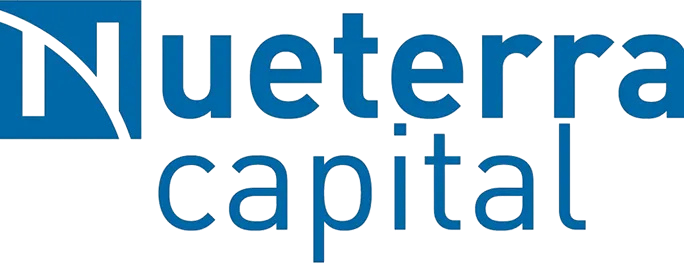TRANSFORMING CARE. EMPOWERING PHYSICIANS. INVESTING IN COMMUNITIES.
WHERE HEALTHCARE INNOVATION, ENTREPRENEURIAL INVESTMENT, AND PHILANTHROPY MEET REAL-WORLD IMPACT.
I’ve spent nearly three decades working to improve how Americans experience, consume, and pay for healthcare. From my early work syndicating ambulatory surgery centers to building companies that support physicians, health systems, and patients, my focus has remained constant: helping create a healthcare system that delivers greater value to the consumer—one that produces better outcomes while remaining affordable, transparent, and accessible.
In 1997, I founded Nueterra Capital with the conviction that entrepreneurs—when paired with real operational expertise—would shape the future of healthcare. I believe venture capital, when grounded in execution and accountability, has the power to accelerate innovation, strengthen clinical models, and improve both outcomes and affordability for patients. Over more than 25 years, Nueterra Capital has deployed over $850 million across multiple healthcare verticals, creating approximately $4.5 billion in value and distributing more than $3 billion to investors. Our most recent healthcare venture fund generated a gross IRR of 31%, including one portfolio company valued at over $1 billion. These results reflect a long-standing investment philosophy centered on purpose, disciplined growth, operational depth, and durable impact.
In parallel, I built NueHealth to operate modern, consumer-focused surgical facilities in true partnership with physicians and health systems. What began as a single ambulatory surgery center has grown into a national organization that has developed and managed more than 150 facilities and collaborated with thousands of clinicians across the country. Our work is anchored in a simple principle: when physicians are empowered, aligned, and supported, patients receive higher-quality care at a lower cost.
As the healthcare landscape evolved, I helped create an innovation platform designed to accelerate the transition toward value-based care. The work initiated there—focused on guaranteeing clinical outcomes, cost, and patient satisfaction—now continues fully under NueHealth, where those capabilities are integrated into a comprehensive, next-generation approach to surgical and procedural care. While the platform evolved, the mission remained the same: improve quality, reduce cost, and enhance the patient experience.
Across every chapter of my career, my commitment has been to the people who make care possible—the surgeons, nurses, operators, and innovators working to change lives every day. My role has consistently been to remove obstacles, invest in better solutions, and build platforms that enable clinicians to practice at the highest levels of quality and efficiency.
I believe the future of healthcare will be defined by transparency, consumer empowerment, aligned incentives, and provider competition—all driven by technology. Through my companies and the work of the Solventas Foundation, I remain committed to helping lead that transformation by expanding access to care, strengthening communities, and creating pathways for people to thrive.


